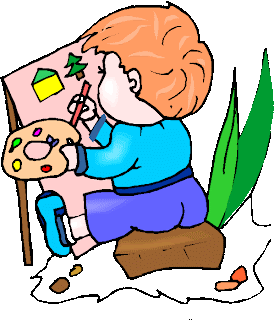Many parents get frustrated when it is time for diaper changes or going to the potty. Childcare workers deal with it on a daily basis and they have became experts at it. Here are some techniques you can use at home.
Infants to Two Years Old
Ten-step diaper change:
1. Organize the supplies such as diaper, wipes, and ointment if needed.
2. Bring the child to the changing area, remove diaper, clean bottom
3. Dispose of diaper and wipes
4. Use wipes to wash your hands as well as your child's hands.
5. Put on clean diaper
6. Wash your child's hands
7. Let your child go back and play
8. Clean changing area with soap and water
9. Sanitize changing area with bleach and water
10. Wash your hands
Two to Four Years Old- (Potty training reqiures alot of patience)
1. Tell them to go potty every 30 mins.
2. Do not have the child sit on the potty for more than five minutes because the child will get frustrated and not go.
3. If child goes to the potty, it is good to give rewards such as stickers or a small treat.
4. Put on a pull-up during bed time to prevent unwanted accidents if they are not fully ready.








